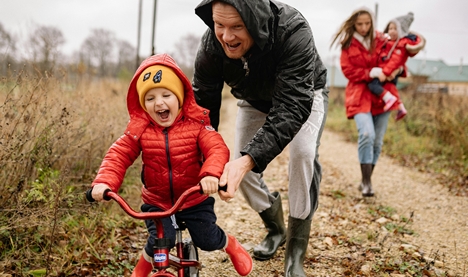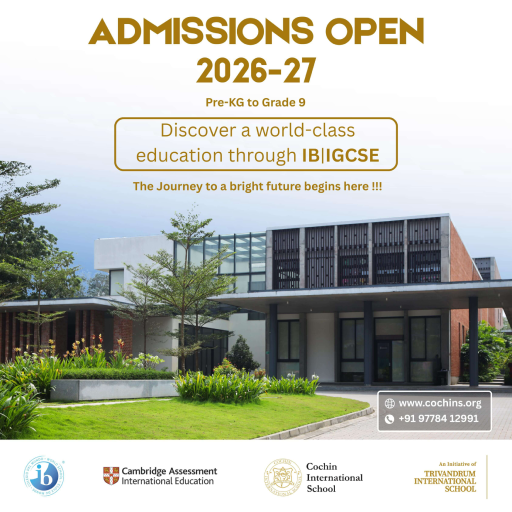
Transition Tips for Parents - Moving from CBSE to International Curricula
Shifting a child from the Central Board of Secondary Education (CBSE) to an international curriculum like the IB or Cambridge system can feel like a major step for parents. The structure, expectations, and teaching methodologies vary considerably, and understanding these differences is essential to ensure a smooth and confident transition. With a thoughtful approach and consistent support, parents can help their children adapt seamlessly and thrive in their new learning environment.
Understanding the Shift in Teaching Approach
One of the most noticeable changes when moving from CBSE to an international curriculum is the focus on inquiry-based learning over rote memorisation. While CBSE often emphasises textbooks and examinations, international curricula encourage students to ask questions, conduct research, and explore multiple perspectives. Parents may initially find this approach unfamiliar, especially when assessments are based on presentations, portfolios, or class discussions rather than traditional pen-and-paper tests.
Encouraging Independent Thinking
International schools nurture independent learners who take responsibility for their own learning. Unlike CBSE, where learning objectives are largely dictated by teachers and textbooks, students in IB or Cambridge frameworks are expected to make choices, reflect on their learning process, and pursue deeper understanding through real-world connections. Parents should create an environment at home that encourages curiosity, open-ended conversations, and problem-solving rather than merely focusing on marks or homework completion.
Adjusting to Continuous Assessment
Another key difference lies in how student progress is evaluated. In CBSE, term-end exams often determine final scores. In contrast, international systems rely on continuous assessments that take into account projects, collaborative tasks, classroom participation, and self-evaluation. This means progress is observed over time and not just in high-stakes exams. Parents should familiarise themselves with how rubrics work and how feedback is shared in these systems.
Comparing Core Differences in Learning Models
| Aspect | CBSE | International Curricula |
|---|---|---|
| Focus | Content mastery and examination performance | Conceptual understanding and inquiry |
| Assessment | Mainly written exams | Continuous assessment, projects, and reflections |
| Learning Approach | Teacher-led and textbook-based | Student-led, research-driven, and cross-disciplinary |
| Outcome | High academic scores | Development of global competencies |
Helping Children Adapt Socially and Emotionally
The shift to a new curriculum often means entering a new peer group, adjusting to different classroom dynamics, and meeting teachers who have new expectations. It’s natural for children to feel uncertain in the beginning. Parents should have regular conversations about their child’s emotional well-being and reassure them that it’s okay to ask for help or feel unsure. Participation in school events and after-school activities can also speed up social integration.
Staying Involved Without Hovering
While it’s important to remain involved in a child’s academic journey, especially during the transition phase, international schools place high value on student independence. Rather than overseeing every task, parents can support learning by setting routines, discussing themes from school, and showing interest in projects. Attending parent orientation sessions, teacher meetings, and school workshops can also help parents better understand their role within this new educational structure.
Bridging Language and Skill Gaps
In some cases, students moving from CBSE to an international board may face initial challenges in areas such as critical writing, collaborative group work, or oral presentations. These skills are integral to international curricula and can be built over time. Reading together, encouraging journal writing, and facilitating access to online resources can go a long way in closing any gaps. Parents should also remember that each child has a unique pace of adjustment and learning style.
Transitioning from CBSE to an international curriculum is a significant change, but one that offers rich opportunities for personal and academic growth. With the right mindset and a supportive home environment, children can adapt quickly and begin to thrive in a system that values creativity, collaboration, and global awareness. For parents, the journey involves not just guiding their child, but also embracing a new perspective on education itself.
 (1).png)

